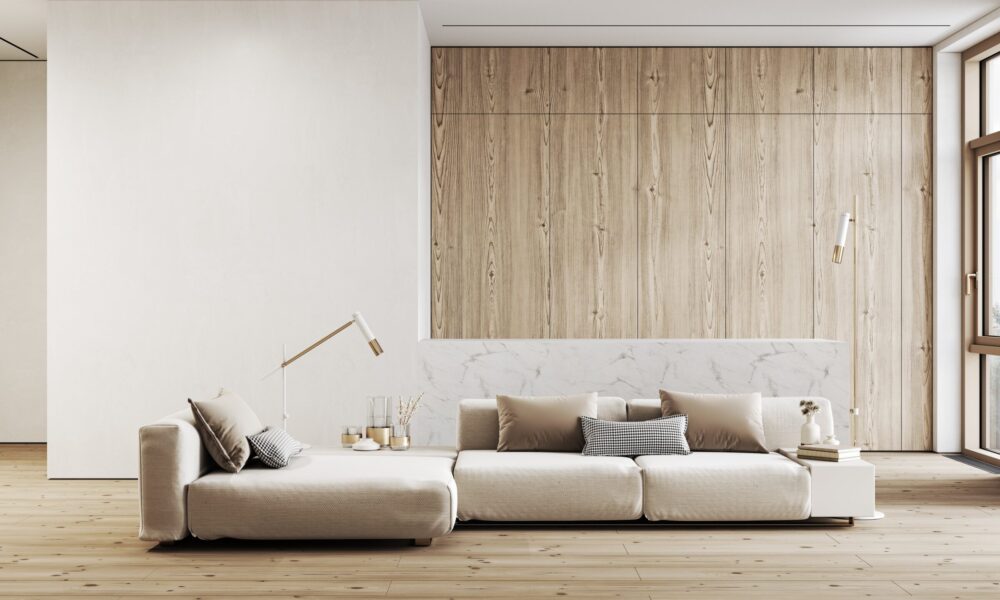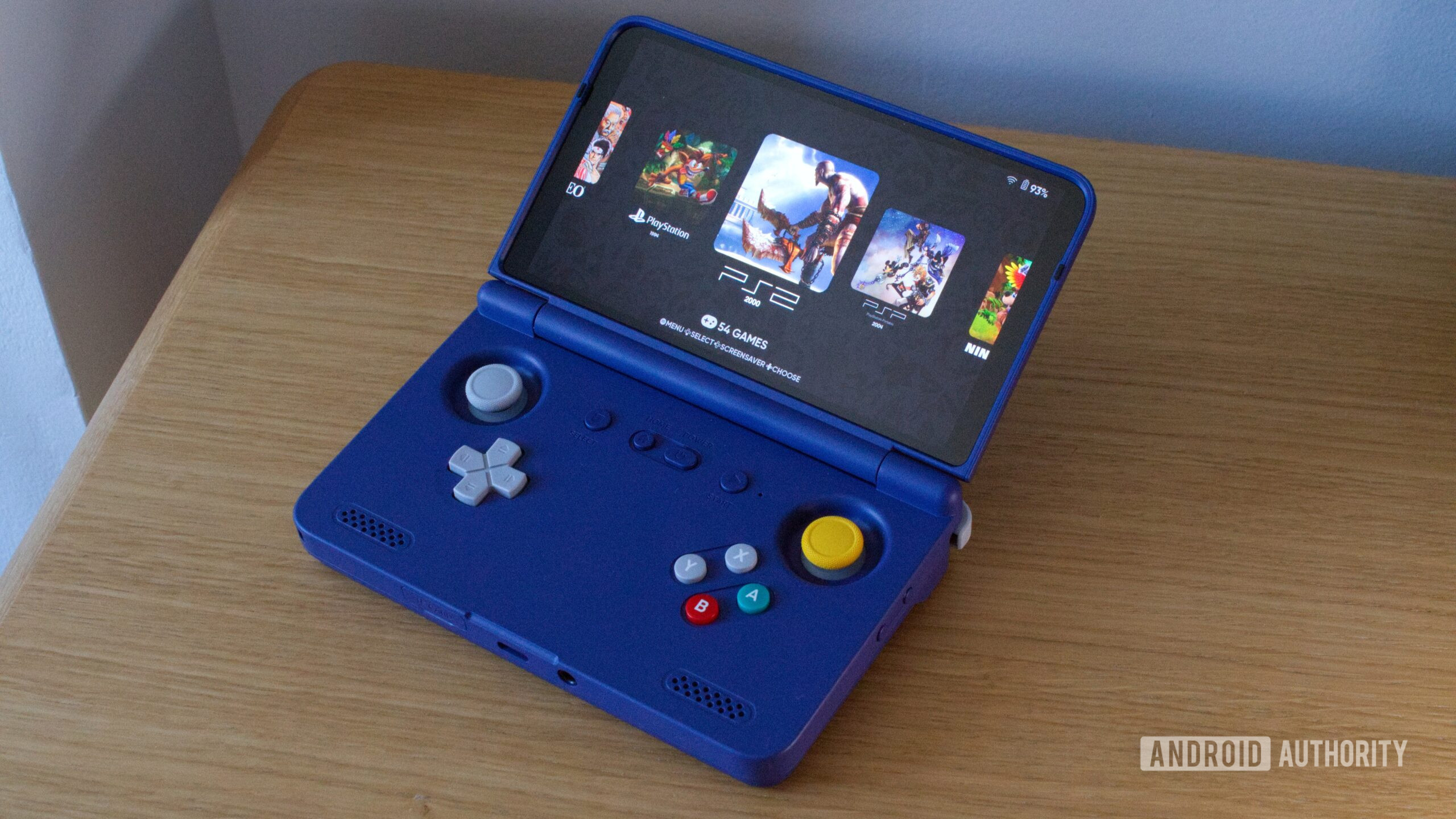The debate between maximalism and minimalism has become a defining conversation in interior design, particularly among millennials and Gen Z homeowners. While opposites in many ways, these two aesthetics transform spaces into personal sanctuaries that reflect different values and lifestyles.
If you want to experience condo living, choosing between bold, expressive maximalism and clean, understated minimalism can significantly shape your space’s character and functionality. Your choice can also influence how you maximize your condo floor plan, ensuring it matches your lifestyle and design preferences. Both offer unique home design perspectives, catering to different priorities and creative expressions.
Let’s explore the clash of these two aesthetics and discover what they bring to the homes of today’s generation.
Cultural and Historical Influences of Maximalism and Minimalism
The roots of maximalism go back to the ornate aesthetics of the Baroque and Rococo periods, popular for intricate details, opulent materials, and layered embellishments. It celebrates abundance and reflects cultural movements like the Victorian era’s eclectic interiors and the bold self-expression of the 1960s.
Maximalism thrives in cultures valuing storytelling and individuality, allowing spaces to narrate personal histories through rich visual elements.
Conversely, minimalism emerged as a reaction to excess, drawing inspiration from Japanese Zen philosophy and the Modernist movement of the early 20th century. This aesthetic promotes simplicity, clean lines, and functionality, embodied by architects like Ludwig Mies van der Rohe, who coined “less is more.”
It became synonymous with calm and reflects societal shifts toward efficiency and sustainability in contemporary design.
These historical and cultural influences continuously shape interior design. They offer a choice between indulgence and restraint to reflect your values and lifestyles.
Maximalism vs. Minimalism
Beyond aesthetics, the battle between maximalism and minimalism in interior design reflects individual lifestyles and values. Young homeowners like you can craft living spaces that make houses into homes.
Defining maximalism
Maximalism is a design style that embraces boldness, featuring intricate patterns, vibrant colors, and décor layers. Every element adds richness and personality to a space, embracing a “more is more” philosophy. It also creates immersive and visually dynamic environments that reflect creativity and individuality.
The emotional impact of maximalism
Maximalism offers self-expression that encourages you to stand out in a crowd. Its eclectic and layered designs let you showcase personal stories, interests, and memories and turn your living spaces into a canvas of your unique identities.
Examples of maximalist homes include vibrant walls adorned with oversized art, statement furniture in rich jewel tones, and a mix of modern and vintage pieces. These elements combine to create vibrant, personality-filled spaces that feel warm and inviting.
Practical Tips for Maximalist Design
Embrace boldness, creativity, and personality to make your space unforgettable with maximalist design. Here are some new homeowner tips to get started.
- Embrace bold choices
Maximalism thrives on daring decisions, so don’t hold back. For instance, use statement furniture like an oversized velvet sofa or a bold, geometric coffee table as an anchor.
Additionally, experiment with eye-catching wallpaper or murals as dramatic backdrops. Lastly, don’t shy away from mixing prints for a dynamic and eclectic vibe.
- Layer with intention
The magic of maximalism lies in thoughtful layering. You can combine decor elements like throw pillows, rugs, and artwork to add depth and character to your home. Also, layer a patterned area rug over a neutral carpet or mix and match metallic and wooden finishes.
However, to avoid a chaotic look, maintain cohesion with a unified color palette or recurring design elements such as gold accents or botanical themes.
- Personalize with collectibles
Do you have any antique vases, travel souvenirs, or family heirlooms? Consider displaying them to give your space a more personal touch. Group items by color, theme, or material for a polished look. You can also decorate a wall of eclectic artwork that brings visual interest and warmth.
- Focus on functionality
While maximalism is about embracing abundance, balancing aesthetics with practicality is crucial. So, invest in furniture and décor that serve a purpose, such as a stylish storage ottoman or multi-functional shelving.
To keep your space from feeling overcrowded, rotate items seasonally. It refreshes the look and prevents clutter from accumulating over time.
- Play with lighting
An essential element in maximalist design is lighting. Use a mix of table lamps, statement chandeliers, and sconces to illuminate your space and highlight key features like artwork or furniture. Look for warm lighting that offers a cozy, inviting atmosphere. Don’t hesitate to add unique fixtures, such as a sculptural pendant light or vintage lamps, for an extra layer of charm.
Defining Minimalism
Minimalism is an aesthetic that champions simplicity through neutral color palettes, clean lines, and functional furniture. Its ethos focuses on eliminating clutter to create open, breathable spaces, prioritizing purpose over excess. It also fosters understated yet elegant environments, emphasizing quality over quantity.
The emotional impact of minimalism
The minimalist design provides a sense of calm and clarity. Reducing visual noise cultivates peaceful and focused spaces to offer you a sanctuary amidst modern life’s busyness. These designs epitomize the beauty of simplicity while maximizing function.
Some examples of minimalist homes include monochromatic living rooms with streamlined furniture, sleek kitchens with hidden storage, and airy bedrooms with minimal décor.
Practical Tips for Minimalist Design
Create a space that thrives on simplicity, functionality, and intentionality. Here are tips on how to design a calm and clutter-free environment.
- Declutter regularly
Minimalism begins with simplicity, which means keeping your space free from unnecessary items. Decluttering isn’t just about throwing things away—it’s about intentionality. So, check your belongings and keep only those that have a purpose or bring you joy.
Also, incorporate smart storage solutions like under-bed compartments, hidden cabinets, or stackable boxes. These pieces maintain a tidy environment without compromising your home’s clean aesthetic. So, make decluttering a routine to keep your minimalist space fresh and organized.
- Prioritize neutral tones
The foundation of minimalist design is a neutral color palette. Create a harmonious and balanced environment with calming shades like whites, grays, beiges, and soft earth tones. Use accent colors sparingly for visual interest—perhaps a muted blue throw pillow or a single piece of art with a pop of green.
The goal is to achieve contrast and personality without overwhelming the space’s simplicity.
- Invest in multi-functional furniture
Space efficiency is key to minimalism, especially in smaller areas, to reduce the need for excess furniture. Opt for furniture with multi-functional purposes, such as a coffee table with hidden storage, a bed with built-in drawers, or a sofa that converts into a guest bed. These functional pieces keep your space open and uncluttered while meeting your practical needs.
- Highlight quality over quantity
Minimalist spaces thrive on intentionality, which means choosing fewer, high-quality items that make a statement through craftsmanship. Invest in timeless, durable furniture and decor that will stand the test of time.
For instance, a solid wood dining table, a sleek leather chair, or a handmade ceramic vase can all serve as focal points to upgrade your space without requiring multiple competing elements.
- Play with natural light
Amplify the sense of openness in your space with large windows, open layouts, and sheer curtains. To enhance the effect, use mirrors strategically to reflect and distribute light throughout the room. Choose lightweight materials that allow sunlight to flow freely to create a serene and airy atmosphere.
Blending Maximalism and Minimalism
Who says you only need to stick to one design style? You can combine the boldness of maximalism with the simplicity of minimalism to create a unique, balanced aesthetic. Hybrid designs often feature curated, statement pieces in clean, uncluttered spaces, blending personality with function.
For instance, you can make a minimalist room with a neutral palette pop with a brightly patterned armchair or a striking artwork.
This fusion is appealing if you value expressive and serene environments. It’s also versatile for diverse living spaces like condos or smaller homes. However, achieving this balance requires thoughtful layering and purposeful decor selection.
The Impact of Maximalism and Minimalism on Social Media
Cultural trends and social media platforms like Instagram and Pinterest significantly shape the popularity of maximalism and minimalism. Maximalism thrives in visual mediums that celebrate individuality through vibrant aesthetics, while minimalism garners attention for its sleek, aspirational simplicity.
Millennials and Gen Z favor aesthetics that align with their values. Maximalism appeals to those prioritizing self-expression and nostalgia, while minimalism attracts individuals seeking functionality and balance. Social media amplifies these preferences, influencing consumer decisions and home design trends.
Hybrid styles blending both aesthetics have also emerged, incorporating bold elements within minimalist frameworks or adding subtle simplicity to maximalist spaces. These trends reflect the adaptability and creativity of homeowners in curating personalized interiors.
The Final Touch
The ongoing battle between maximalism and minimalism highlights how design trends evolve to meet the needs of young homeowners. Whether you’re drawn to the vibrancy of maximalism or the tranquility of minimalism, understanding these styles can help you craft a home that reflects your values and tastes. Influences like Japanese architecture also play a role, especially in minimalist design, where simplicity, natural elements, and harmony take center stage.
Beyond interiors, consider how your space connects with the outdoors. A well-designed patio, cozy balcony, or garden nook can seamlessly integrate outdoor activities into your daily routine, enhancing both relaxation and functionality.
Ultimately, interior design is about organizing a space that feels unique to yours. Embrace the trends, but don’t be afraid to mix, match, and experiment. If you’re starting fresh or renovating your current home, let your style be the guiding principle for your living space.











